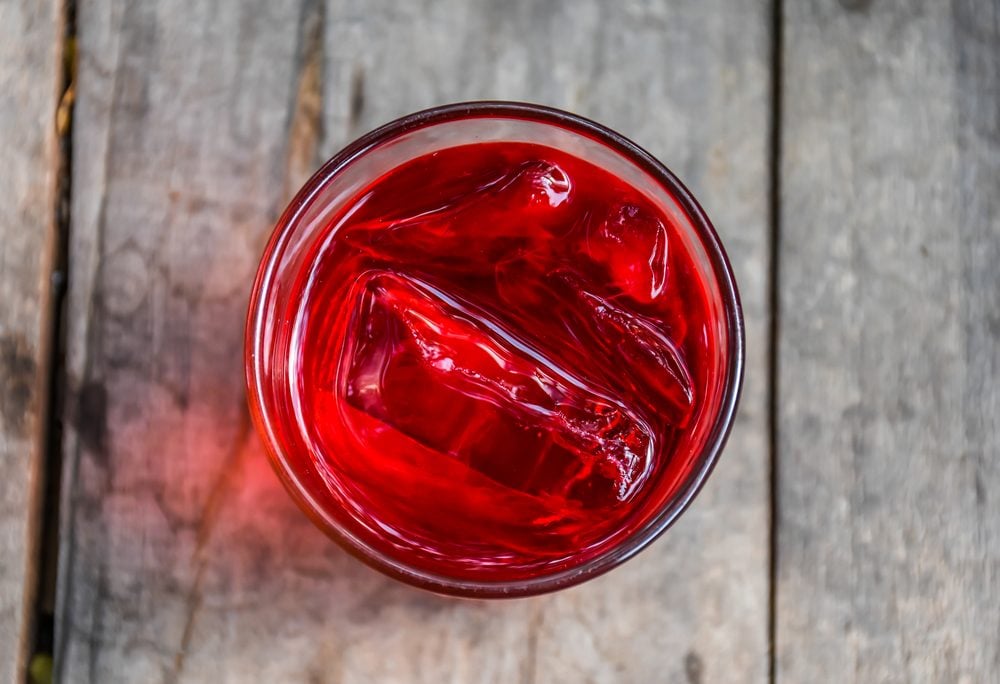
Cranberry juice
Traditional use: Stave off urinary tract infection.
New use: Lower blood pressure. In a study presented at a meeting of the American Heart Association, people who drank low-calorie cranberry juice for two months saw an average drop of three points in blood pressure (experts say even a small drop can benefit your ticker); a group who drank a placebo beverage had no change in their BP numbers. The potent antioxidants in cranberries have been linked to lower blood pressure in other research.
Here are nine factors that can affect your blood pressure reading.
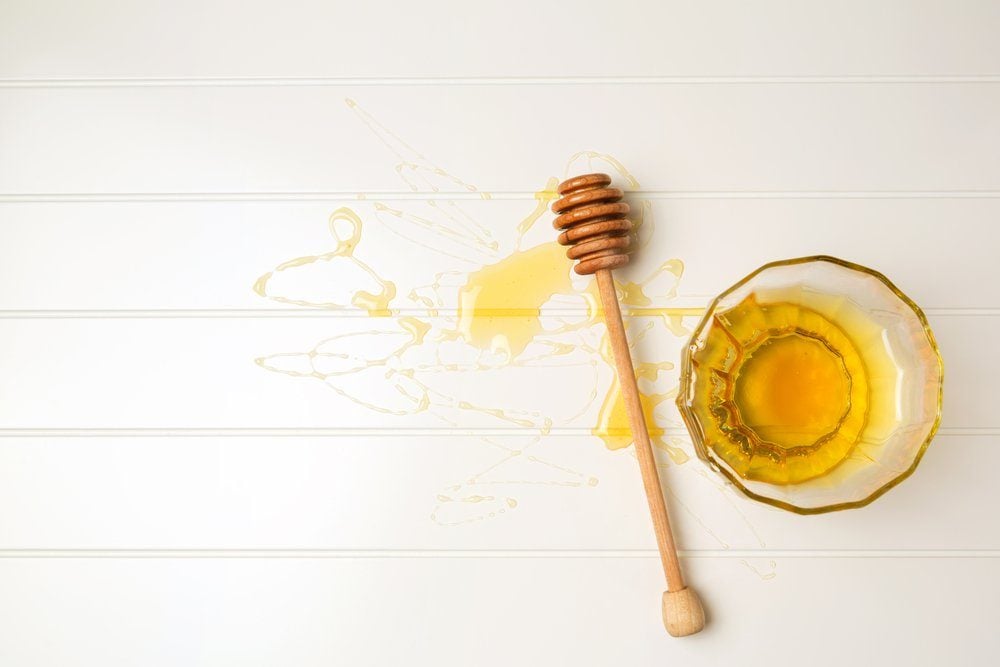
Honey
Traditional use: Soothe a cough or a sore throat.
New use: Calm a canker sore. In a Saudi Arabian study, people who dabbed honey on these irritating sores had less pain and healed faster than those who used other treatments (a steroid cream and an over-the-counter canker sore paste that forms a protective barrier). After two days, the people who used honey reported that their pain was completely gone; it took up to eight days for users of the other treatments to feel better. Researchers suspect that honey’s anti-inflammatory and antimicrobial properties help ease pain and promote wound healing.
Take these 16 anti-inflammatory foods to reduce pain.

Red wine
Traditional use: Protect against heart disease.
New use: Fight cavities. A lab study published in the Journal of Agricultural and Food Chemistry found that red wine (with or without alcohol) eliminated the kind of bacteria that contribute to tooth decay. Researchers think it’s a combination of wine’s antioxidants and the fact that it “sticks” to your teeth, which gives it time to effectively destroy germs.
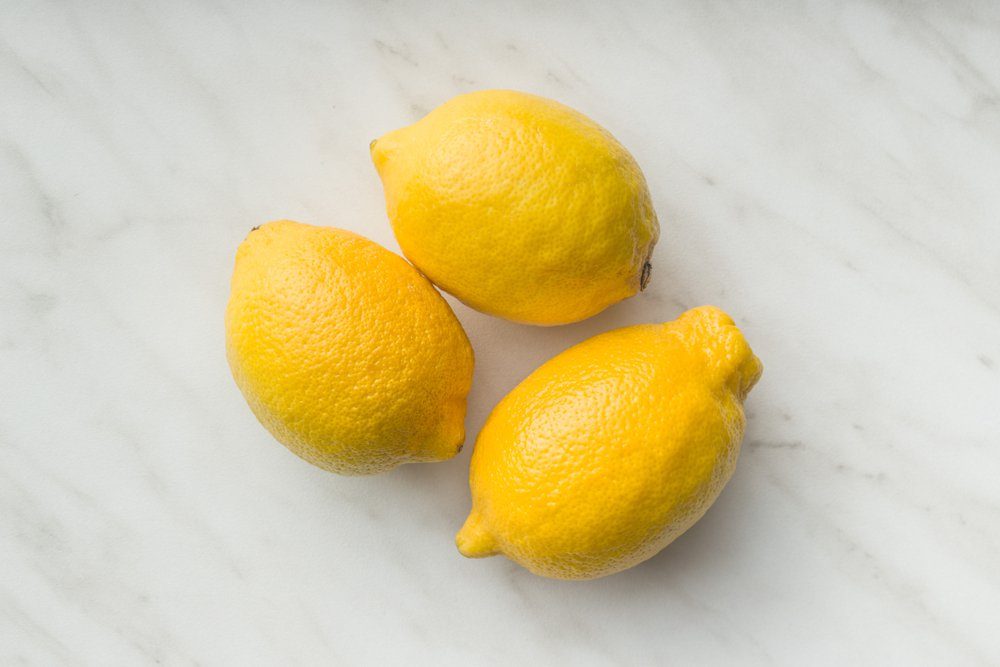
Lemon juice
Traditional use: Highlight hair.
New use: Prevent kidney stones. The same potent citric acid that makes lemons good hair lighteners also reduces calcium excretion and may help prevent kidney stones from forming. If you’re prone to them, drink a glass of lemonade (made from actual lemon juice, with little added sugar) daily.
Check out more ways to prevent kidney stones.
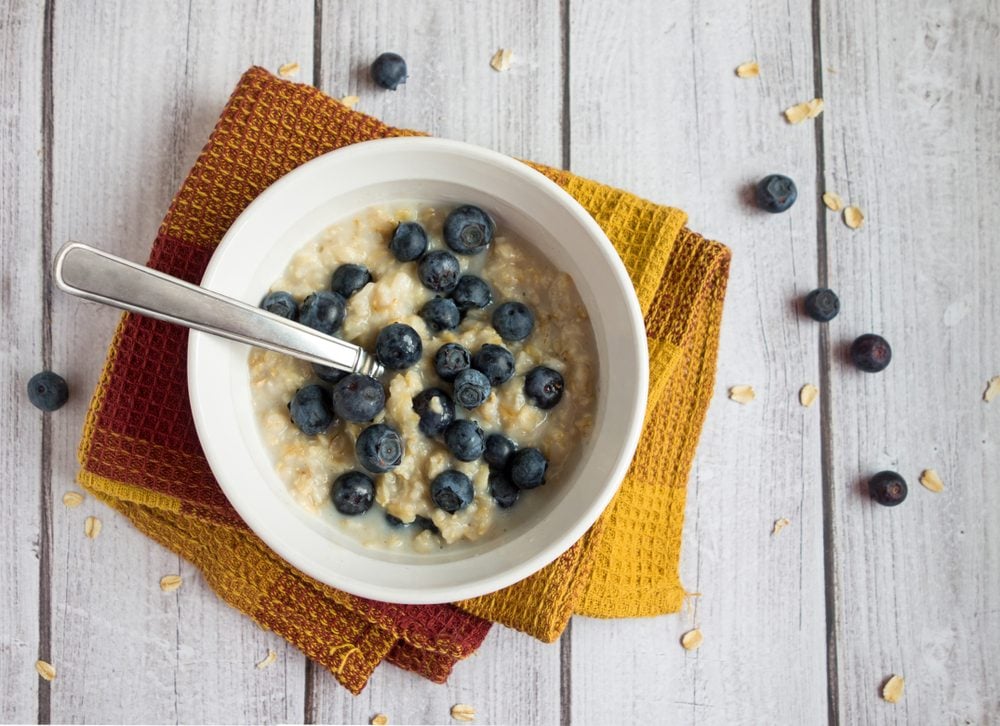
Oatmeal
Traditional use: Ease eczema and other skin problems.
New use: Promote heart health. For many years, taking a bath in this breakfast food has been one of the top home remedies to calm skin conditions like eczema, possibly due to its skin-protectant and antioxidant properties. But this skin-soother is good for more than that—and you can just eat it to benefit. “Oats contain a specific form of fibre, beta glucan, which has been shown to significantly lower dangerous LDL-cholesterol levels,” says registered dietitian Erin Palinski-Wade, RD, CDE, author of 2 Day Diabetes Diet. “Since high LDL levels are associated with an increased risk of heart disease, eating oatmeal regularly may help to lower cholesterol and reduce this risk.”
These two exercises can cut your risk of heart disease in half.
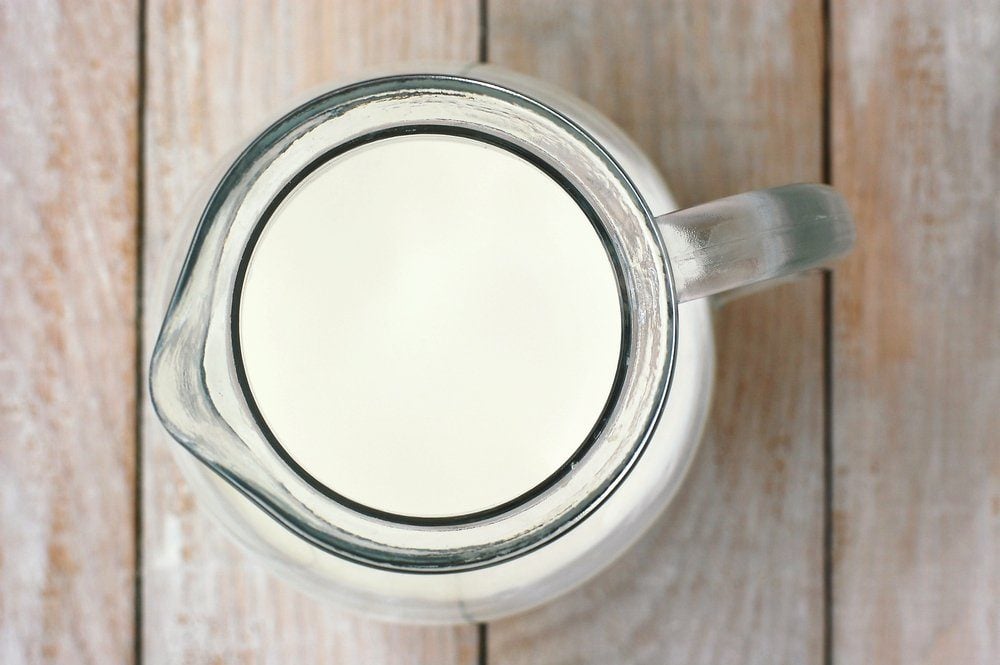
Dairy foods
Traditional use: Build strong bones.
New use: Ease PMS symptoms. You can ease premenstrual symptoms like bloating, cravings, headaches, and irritability by getting more calcium from dairy products and dark leafy greens—or as a supplement. One recent study showed that women who took 500 mg a day of calcium for two months showed a reduction in PMS symptoms compared to another group of women who took a placebo.
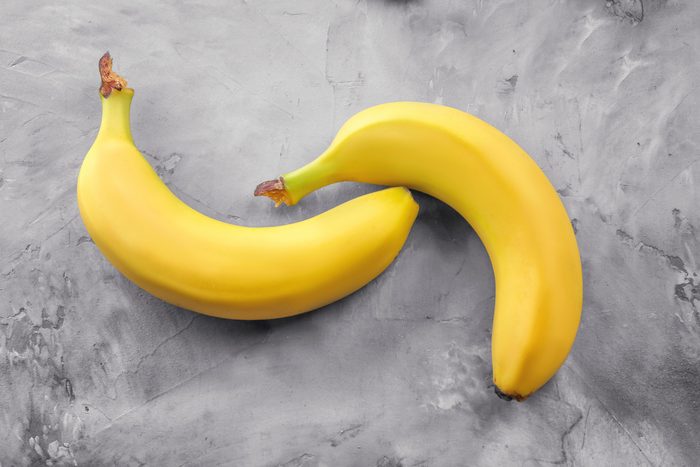
Bananas
Traditional use: Stop diarrhea.
New use: Promote kidney health. Bananas are one of the four home remedies in the BRAT diet (bananas, rice, applesauce, and toast) traditionally used for binding loose stools to ease diarrhea and support gut healing. But these potassium-packed powerhouses have also been found to reduce kidney disease and promote proper waste management for your kidneys. “In healthy individuals, a diet rich in potassium-containing foods like bananas may help to keep blood pressure levels in check, which in turn can help to keep kidneys healthy,” Palinski-Wade says. “Since high blood pressure is strongly liked with a decline in kidney function, working to maintain healthy blood pressure levels is key to promoting kidney health.” One note: People who already have poor kidney function may need to watch their potassium, so they may want to limit how many bananas they eat, she says.
Here are eight home remedies for indigestion you’ll wish you knew sooner.
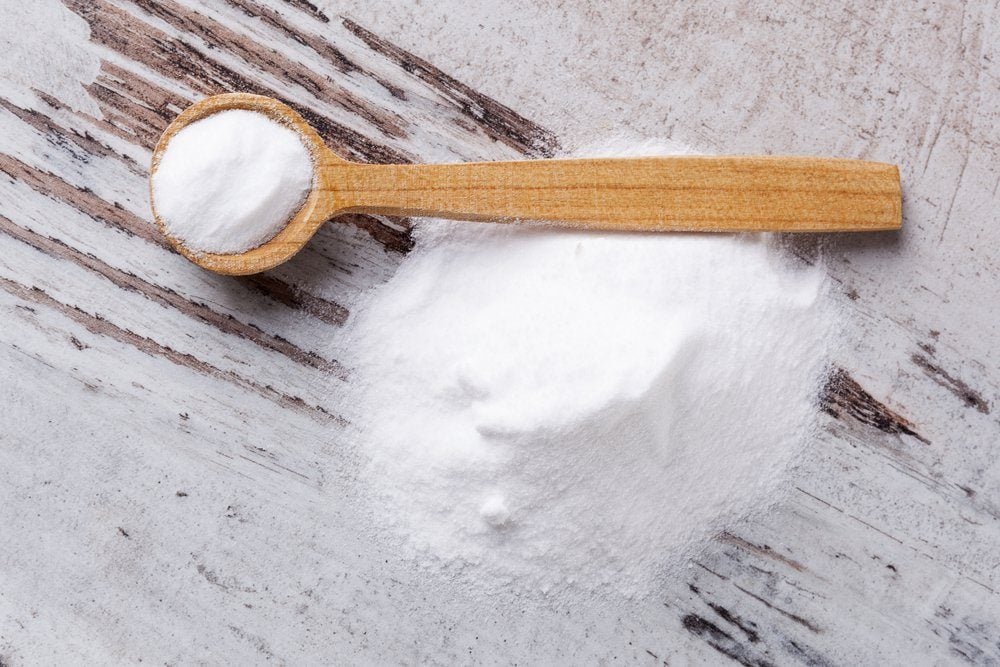
Baking soda
Traditional use: Relieve heartburn.
New use: Ease rheumatoid arthritis. Sodium bicarbonate—the chemical compound that is baking soda—is one of the most versatile home remedies around: It’s a traditional antacid thanks to its alkaline properties, but you can also use it for dental health and as an odour neutralizer. Exciting new research shows it may help calm inflammation in conditions like rheumatoid arthritis. Basically, explains Paul O’Connor, PhD, renal physiologist in the MCG Department of Physiology at Augusta University and the study’s corresponding author in a press release, it tamps down the immune response that encourages the body to attack its own tissues. “It’s potentially a really safe way to treat inflammatory disease.”
Find out 10 types of arthritis you could have—and how to tell the difference.
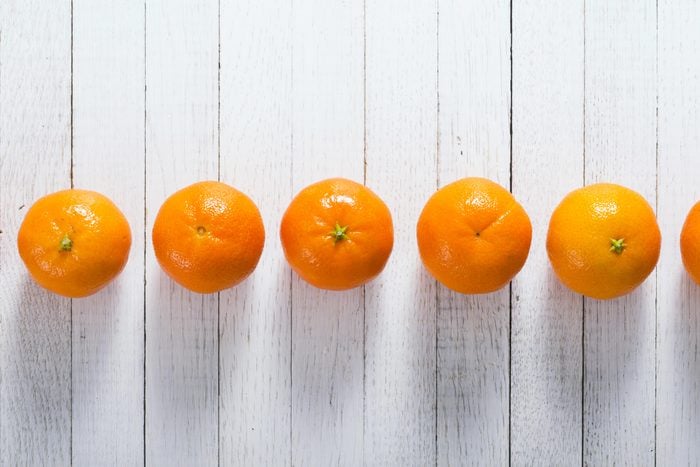
Oranges
Traditional use: Ward off colds.
New use: Lower cholesterol. The vitamin C in oranges has long been hyped as one of the best home remedies for cold prevention (although that claim has been debated in recent years). But one thing researchers have found oranges are beneficial for is reducing cholesterol. “Oranges are rich in pectin, a soluble fibre that creates a gel-like substance inside your body that binds to bad cholesterol and carries it out,” Palinski-Wade says. “Eating a diet rich in soluble fibre can help to reduce unhealthy LDL cholesterol levels as well as total cholesterol levels.”
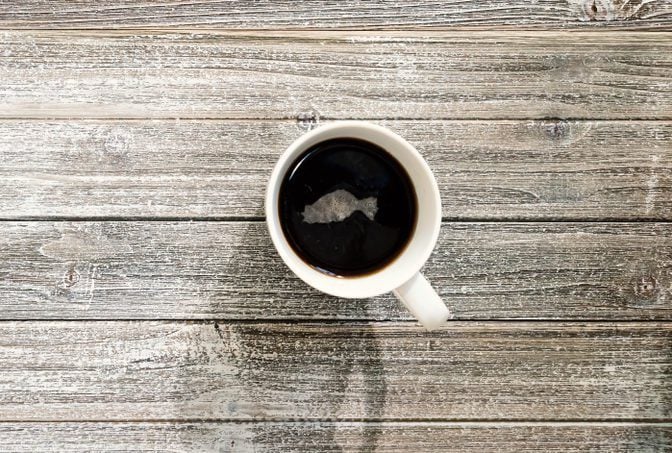
Coffee
Traditional use: Increase alertness.
New use: Prevent stroke. New research is emerging about the benefits of drinking this traditional pick-me-up for cardiovascular health, including stroke prevention. “One study found drinking one cup of coffee daily may reduce stroke risk by as much as 20 per cent, while another study found the risk to decrease by as much as 25 per cent in women who drink two cups of coffee per day,” Palinski-Wade says. “Although the exact reason is unknown, it is possible the coffee may have an impact on reducing inflammation and/or insulin resistance.”
Never ignore these seven signs of stroke.

Chamomile
Traditional use: Sleep aid.
New use: Treatment for anxiety. Who wouldn’t want to wind down the day with a nice cup of sleep-inducing chamomile tea? But researchers have found that the herb’s calming properties offer much more—maybe even treat generalized anxiety disorder (GAD). Research from the University of Pennsylvania found that study participants with moderate-to-severe GAD who took a chamomile supplement could significantly reduce their symptoms. Although more research is needed, it’s a generally safe treatment to try.
Here’s what you need to know about generalized anxiety disorder.
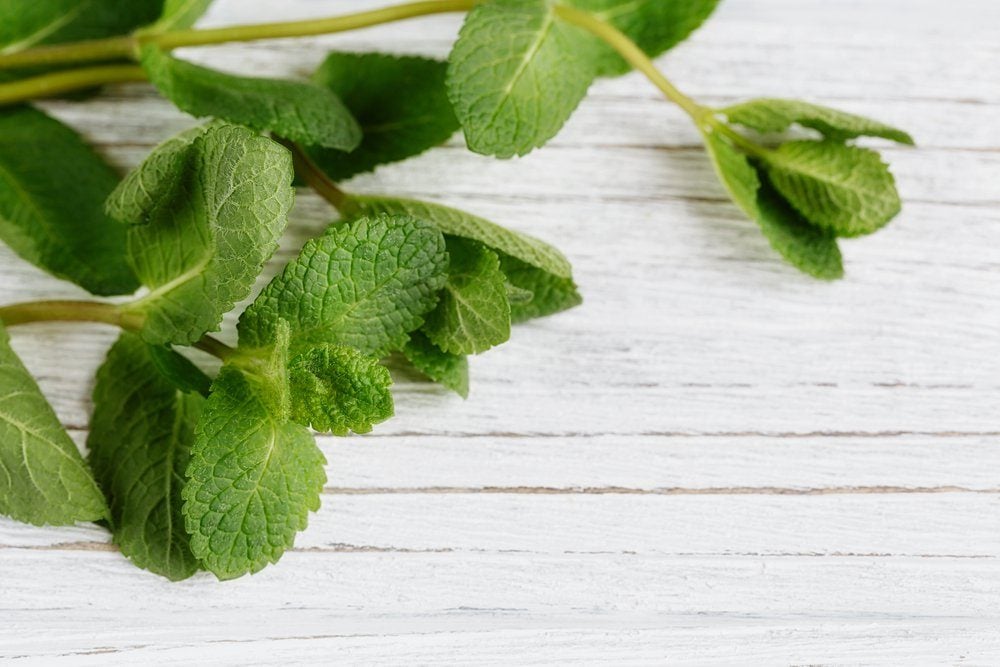
Mint
Traditional use: Aid post-meal digestion and bad breath.
New use: Improve memory and cognition. Mint has been used for thousands of years to as one of the best home remedies for bad breath, and it can also help with digestion. But if you feel like the smell of mint instantly makes you more alert, you’re not imagining it: Researchers have discovered that drinking peppermint tea can enhance cognition and memory. “We found that those people who had drunk the peppermint tea had better long-term memory—they were able to remember more words and pictures that they had seen,” said Mark Moss, PhD, who led the research at Northumbria University in the United Kingdom, in a news release. Other research has shown peppermint makes drivers more focused.
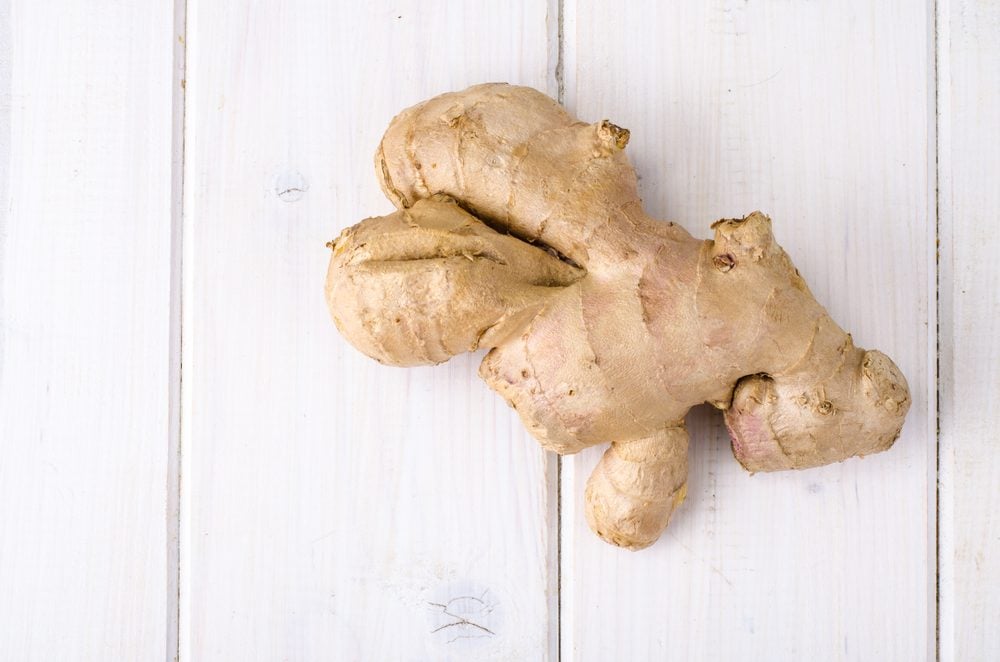
Ginger
Traditional use: Relieve nausea.
New use: Lower blood sugar. A go-to remedy for seasickness and pregnancy, this fragrant spice may help people who have diabetes or who are at risk of developing it. In an Iranian study, people who were randomly selected to take a ginger powder supplement (two grams a day) for 12 weeks had lower levels of blood sugar and blood fats linked to inflammation compared with those who received a placebo. Ginger may inhibit an enzyme that’s linked to raising blood sugar.
Here are more home remedies that can cure nausea.
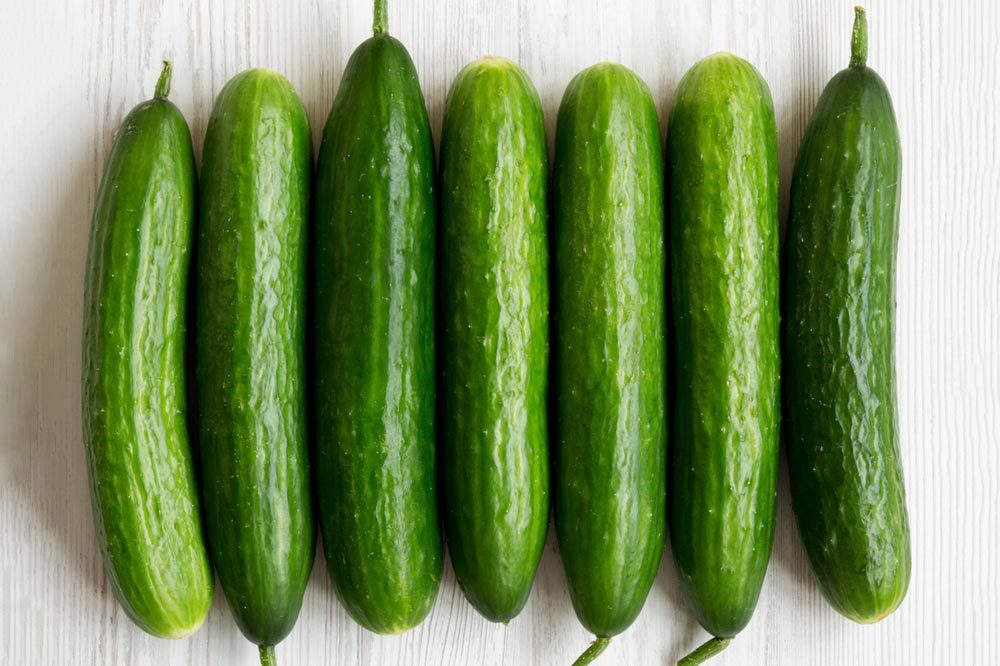
Cucumbers
Traditional use: Calm puffy eyes.
New use: Reduce diabetes. Cool cucumbers have long been a staple of spa treatments for reducing eye puffiness, but don’t forget to eat this healthy veggie: “Thanks to their fibre content—and very few calories/carbs—cucumbers may help to reduce blood sugar levels in individuals with diabetes,” Palinski-Wade says. “In animal studies, regular consumption of cucumbers decreased blood sugar levels in rats with diabetes.” Plus, she says since cucumbers are also very filling, adding them into your diet may help you to eat less, which in turn may help to promote a healthy body weight and reduce the risk of developing diabetes.
Check out these 10 silent signs of diabetes.
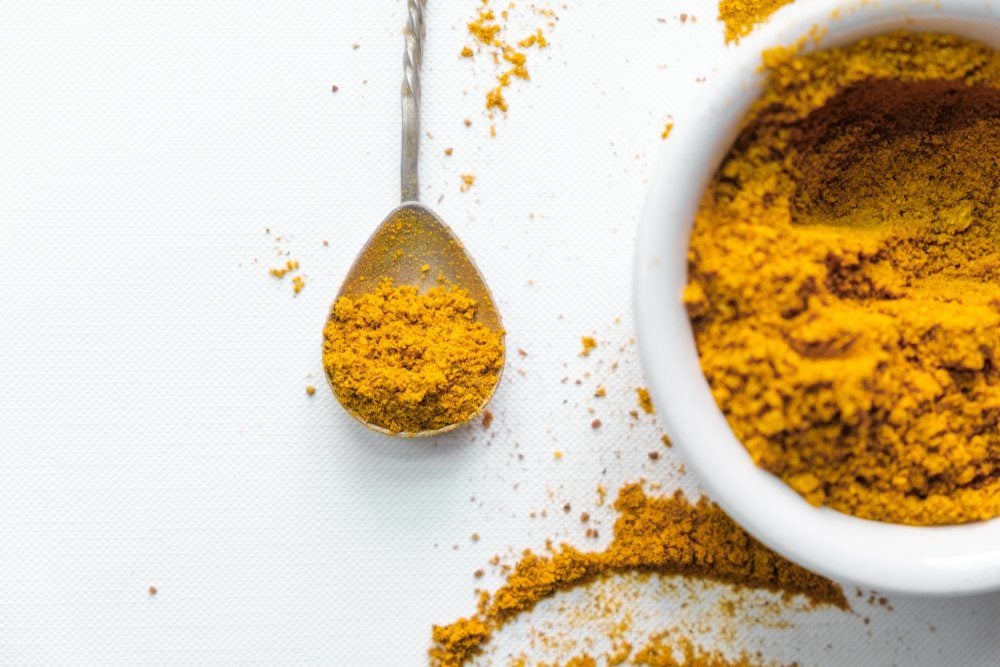
Turmeric
Traditional use: Anti-inflammatory.
New use: Boost memory and mood. Experts tout turmeric as one of the best home remedies for inflammatory conditions like arthritis. But the anti-inflammatory properties of this traditional Indian spice may help reduce cognitive decline; it could help explain the low incidence of Alzheimer’s in India. Recent research has shown that people who swallowed curcumin, the active ingredient in turmeric, scored better on tests of memory and mood. The study participants—who had mild memory complaints—scored 28 per cent better on memory tests after 18 months of taking a curcumin supplement. “Exactly how curcumin exerts its effects is not certain, but it may be due to its ability to reduce brain inflammation, which has been linked to both Alzheimer’s disease and major depression,” study author Gary Small, MD, director of geriatric psychiatry at UCLA’s Longevity Center, said in a news release. “These results suggest that taking this relatively safe form of curcumin could provide meaningful cognitive benefits over the years.”
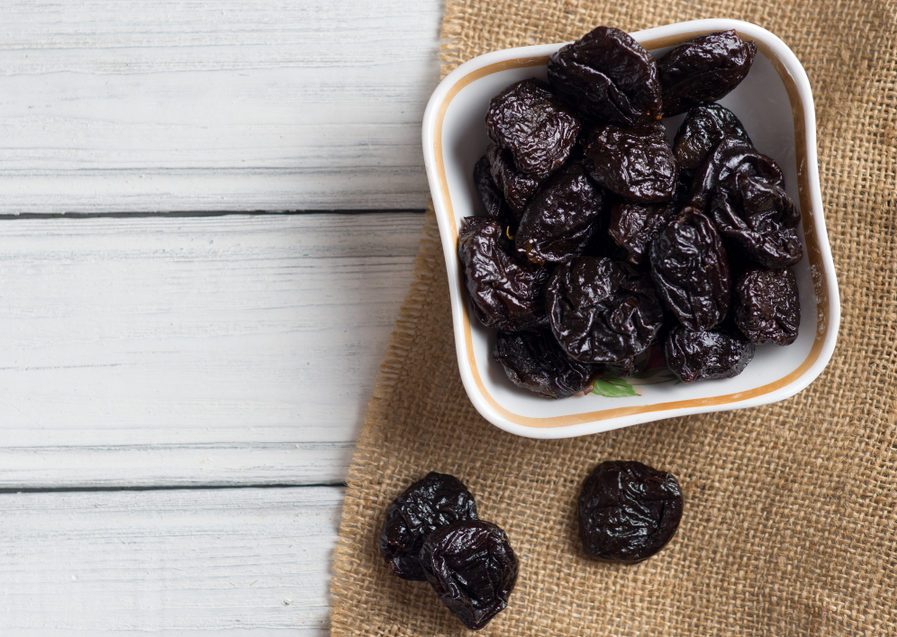
Prunes
Traditional use: Relieve constipation.
New use: Prevent bone loss. To prevent osteoporosis, learn to love prunes—they also go by the more appetizing name of dried plums. “Studies have found that eating just five to six prunes per day can help prevent bone loss,” Palinski-Wade says. A recent review of research backed up these findings. Prunes are high in bone-boosting nutrients and have antioxidants that may protect against bone breakdown. “Prunes are incredibly versatile and you can easily eat five to six every day as a snack, pureed as a substitute for added sugar in baked goods, or even mixed into smoothies and sauces,” Palinski-Wade says.
Next, don’t miss these 50 ways to avoid catching a cold.
